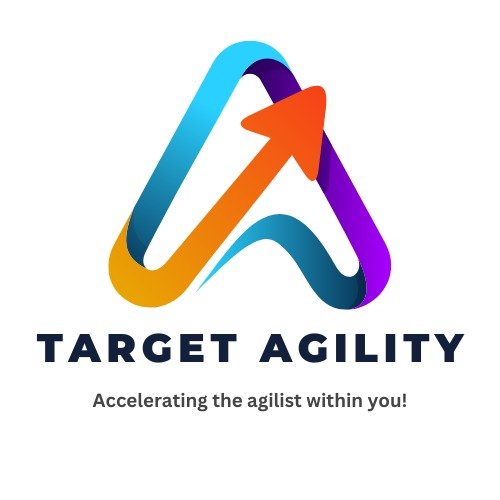Agile Portfolio Management with SAFe 6.0

In today’s fast-changing business world, companies need to be quick, flexible, and focused on delivering value. That’s why many organizations are turning to SAFe 6.0—the latest version of the Scaled Agile Framework—to manage work across teams and departments. A key part of SAFe is Lean Portfolio Management (LPM), which helps organizations connect big-picture strategy with day-to-day work. Why Traditional Project Management Falls Short Old-school project management often involves long planning cycles, strict budgets, and slow decision-making. This can lead to delays, wasted money, and work that doesn’t match business goals. Agile helps solve this by breaking work into smaller pieces, encouraging collaboration, and adapting to change. But when large organizations try to go agile, they need a structured way to scale it. That’s where SAFe 6.0 and Lean Portfolio Management come in. What is Lean Portfolio Management (LPM)? LPM helps organizations make sure the work being done actually supports their goals. It focuses on using resources wisely, managing teams smoothly, and measuring progress in a way that reflects real business value—not just tasks completed. LPM in SAFe 6.0 has three main parts: Benefits of Using LPM with SAFe 6.0 Using Lean Portfolio Management with SAFe 6.0 can bring many advantages: Getting Started with LPM Adopting LPM is more than just changing tools—it’s about changing how people think and work. Here are some steps to begin: Conclusion Lean Portfolio Management in SAFe 6.0 helps organizations stay aligned, move faster, and focus on what really matters. It connects long-term strategy with everyday work, making agile practices stronger and more effective. Whether you’re new to SAFe or already using it, adding LPM can help you deliver more value with less waste.

